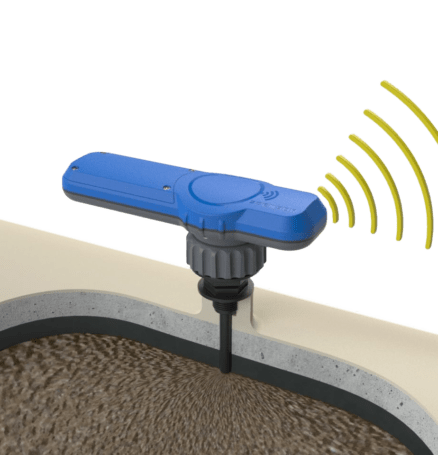Scheduled Downtime
Effective management of scheduled downtime requires careful planning to minimise its impact on production. Key elements include coordinating with multiple departments, ensuring the availability of necessary parts and resources, aligning with production cycles, and maintaining open communication with stakeholders to integrate planned downtime successfully into the company’s operational structure.
Unscheduled Downtime
- The slurry bogs the work area and damages other equipment;
- Wasted product (money lost);
- Lost profit ($40,000 – $200,000 per hour);
- Safety Hazards;
- Scaffold and labour costs to reinstall.

Unscheduled downtime can increase the risk of accidents. During unplanned downtime the objective is to restart the equipment or process as soon as possible. This pressure may create a stressful, chaotic environment in which individuals react rather than deliberate about the best way ahead.
Reducing Downtime in the Mining Industry
To prevent unscheduled downtime and improve production efficiency and profitability, the following strategies of tackling downtime are recommended:
- Utilising advanced technologies like IoT and telematics for real-time equipment performance and condition monitoring;
- Implementing predictive maintenance programs that use data analytics to anticipate and prevent equipment failures before they occur.
This proactive approach not only minimises unscheduled downtime but also optimises the efficiency of planned maintenance by addressing issues precisely when needed.

- Investing in high-quality mining equipment and conducting regular inspections to identify potential issues before they lead to breakdowns;
- Detecting and fixing minor issues by scheduling regular inspections, preventing them from evolving into major failures;
- Defining problem areas and addressing any known bottlenecks and constraints.
- Providing comprehensive training to personnel on proper equipment operation and maintenance procedures;
- Implementing clear guidelines and well-defined standard operating procedures (SOPs) for each repeated operation will help ensure tasks are performed correctly and that no steps are missed. Clear SOPs can also benefit newer team members who aren’t as experienced in performing some of these maintenance tasks.
4. Spare Parts Management:
- Maintaining an inventory of critical spare parts to reduce the time taken for repairs during unscheduled downtimes.
5. Partnering with Experts:
- Collaborating with specialised service providers who can offer expertise in maintenance and repairs, and help streamline the maintenance process.
Conclusion
Managing downtime, whether scheduled or unscheduled, is crucial for mining enterprises’ smooth operation and financial success. The negative impacts of downtime can be significantly mitigated through strategic planning, investment in quality equipment and technology, and robust maintenance protocols.







